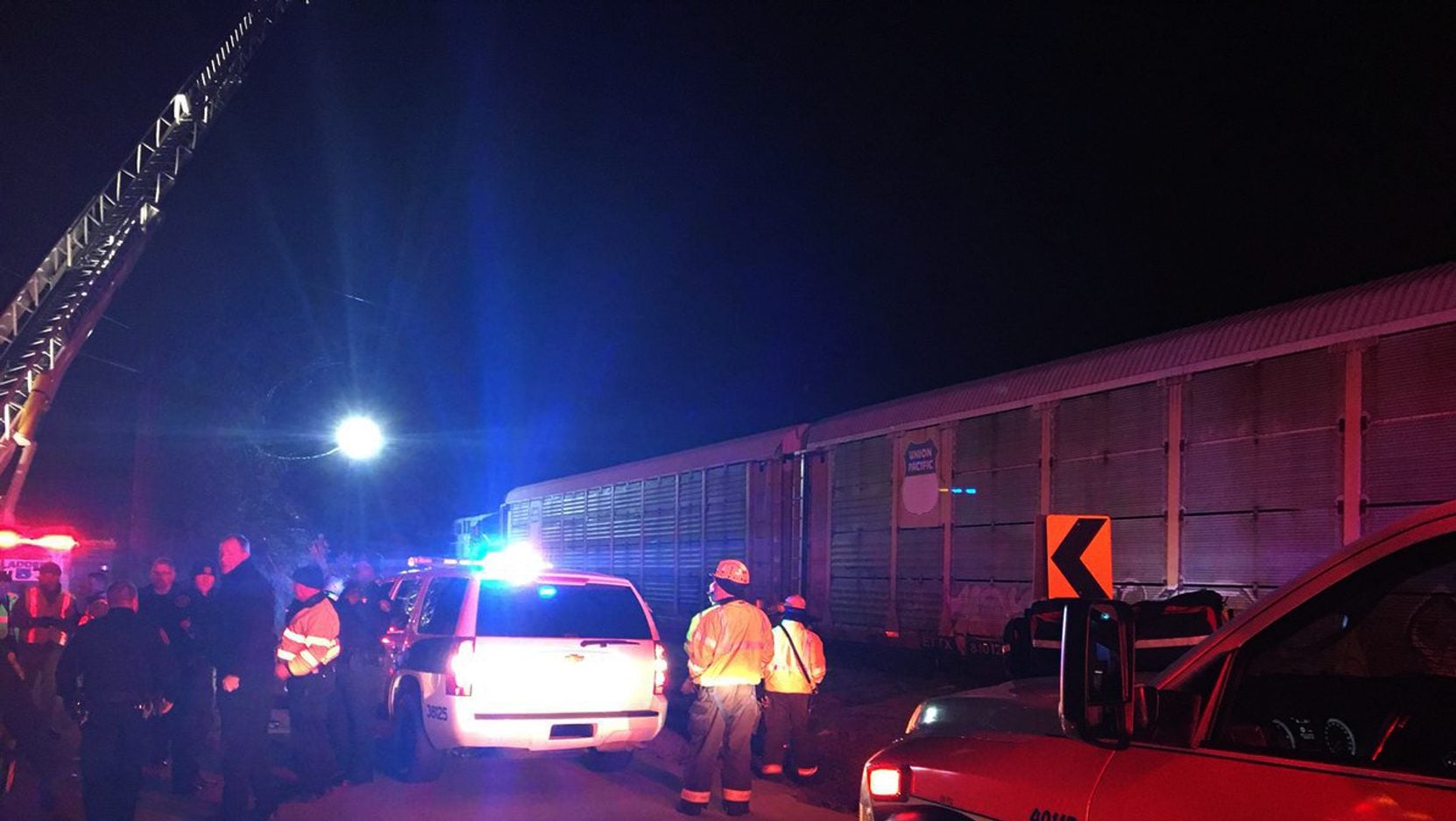What we know about the deadly Amtrak crash in South Carolina
Updated | Early Sunday morning (Feb. 4), an Amtrak train headed from New York City to Miami, Florida derailed after a collision with a freight train. At least two people have died, both Amtrak employees, and at least another 116 were injured. Their wounds ranged from minor scratches to broken bones. At least one person is in critical condition, while two others are serious.


Updated | Early Sunday morning (Feb. 4), an Amtrak train headed from New York City to Miami, Florida derailed after a collision with a freight train. At least two people have died, both Amtrak employees, and at least another 116 were injured. Their wounds ranged from minor scratches to broken bones. At least one person is in critical condition, while two others are serious.
Amtrak train 91 derailed after it hit a stationary CSX freight train near South Carolina’s capitol, Columbia, at around 2:35am US eastern time. “It appears that Amtrak was on the wrong track,” said South Carolina governor Henry McMaster in a press conference.
There were 147 people on board, all of whom have been recovered from the train. Disaster-trained Red Cross volunteers were at the scene shortly after the incident, assisting with those efforts.
At time of writing, authorities still haven’t said what caused the trains to meet. They believe the freight train was empty, but estimate that 5,000 gallons of diesel leaked from the train as a result. The leaks have been contained and are not believed to be a threat to the community. The National Transportation Safety Board has launched an investigation, which is expected to be completed within 18 months.
US president Donald Trump has tweeted thoughts and prayers for the victims.
This is Amtrak’s second major collision in less than a week. On Wednesday, a train carrying Republican lawmakers headed to a West Virginia retreat hit a trash truck in Virginia, injuring at least six and killing one passenger who was in the truck.
It’s also the second Amtrak crash since December that resulted in multiple passenger deaths and scores of injuries. On Dec. 18, a train derailed near Tacoma, Washington, killing at least three people and injuring at least 60. The train was making its first trip on a new line, and was going 80 miles per hour at a curve in the track where the speed limit had dropped to 30 mph. The US Federal Railroad Administration estimates Amtrak has about two derailments per month, but passenger fatalities are far less common than fatalities among those hit by a train.
Amtrak declined to comment on what safety measures it’s taking to prevent deadly derailments in the future. Prior efforts have included using positive train control technology in its Northeastern Corridor route. The tool monitors a train’s movement and can slow its speed or bring the train to a complete stop to avoid accidents, including collisions with other trains. It’s unclear if positive train control was implemented on Amtrak train 91.